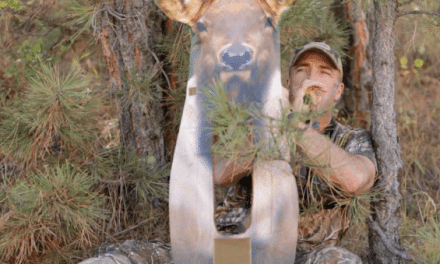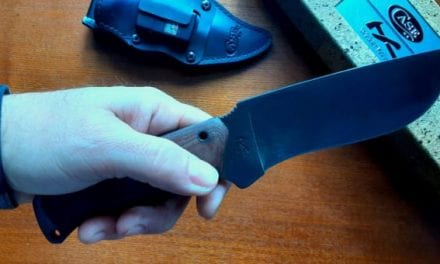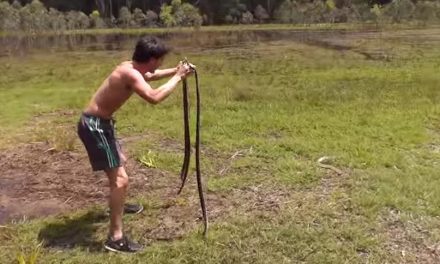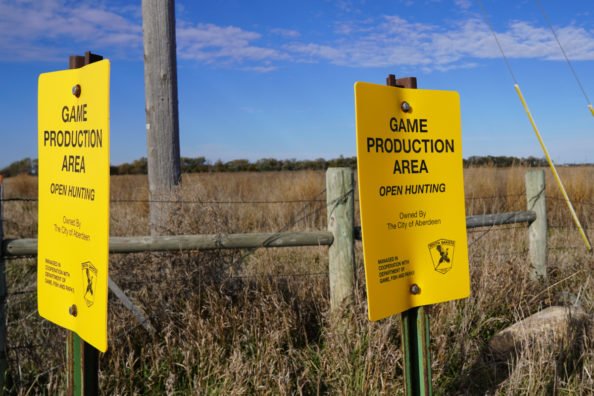
Here are five great ways to improve public land.
Care and research needs to be taken before attempting to improve public land on your own. With that in mind, what can we do to make these well known public hunting areas into hotspots for the foreseeable future?
The obvious answer is to leave everything in better shape than we found it. It’s a good rule of form for all forms of outdoor recreation. Certainly this includes a carry in, carry out policy of cleaning up after ourselves so that litter does not linger. Also, don’t over cut shooting lanes, especially if it means cutting down a tree.
Many public lands do not allow motorized vehicles except in emergency situations, but that does not mean you can use a chainsaw just because it doesn’t have any wheels! In some National Parks, National Forests and lands managed by the Bureau of Land Management, not cutting is allowed anyway. With that in mind, we all want to see a public hunting unit left better than it was when we first started using it and here are a few ways to make that happen.
See Something-Say Something Policy
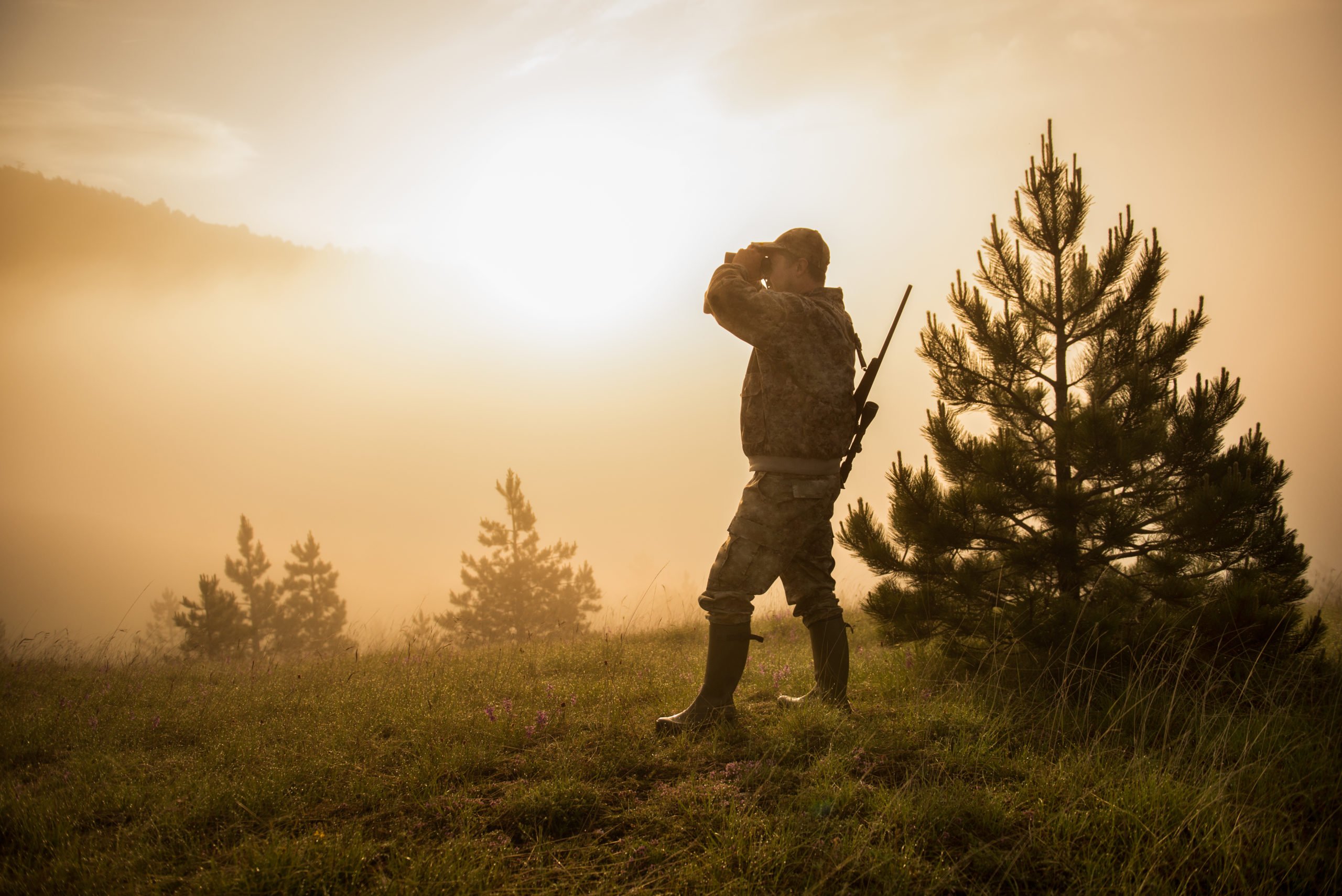
Sure, nobody likes a tattletale. However, when it comes to shared lands that in some cases are the only places where many hunters can get a fair chance to drop a deer or some ducks, keeping the peace by letting authorities know when someone is breaking the rules isn’t wrong, it’s your duty. Especially in western states like Montana, Utah, or Colorado that have hundreds of thousands of acres of public land and few conservation officers to patrol it.
If no motor vehicles are allowed, and you hear an ATV running, get a call into local law enforcement. If there are antler restrictions and someone pulls out a spike buck, or has too many ducks in the bag, or a rifle in a shotgun only zone, it behooves the rest of us to point them out.
Help the Habitat
Tree fertilizer spikes now back in stock!
Posted by Rumery Lawn & Landscape on Monday, August 30, 2021
In some areas it may be legal to use tree fertilizer spikes to give old growth trees a better chance to survive and thrive, but it must be said that you will need to contact your state’s wildlife management department beforehand. Because they may already have a management plan in place. If that’s the case, figure out how you can volunteer to help already established public land management policies. Otherwise, oak trees in particular can use all the help they can get to produce more mast for hungry deer and other creatures of the forest.
Trail Trimming
A good, sharp pair of loppers can do a world of good on public land, and it can benefit everyone. Just make sure what you’re doing is legal first. Because it may not be in some backcountry BLM areas or wildlife refuges. Especially in sensitive ecosystems. We’re not just talking about trimming shooting lanes, which under most circumstances is perfectly fine on public lands, but also the public access trails hunters use to get around.
How many times have we walked down a trail and had to duck under branches, avoid brambles, or get snapped in the face by a twig on the way? Many of us walk into public hunting grounds before the season to scout and prepare for the upcoming hunt, and this is a great time to trim for each other, just don’t overdo it.
Scouting
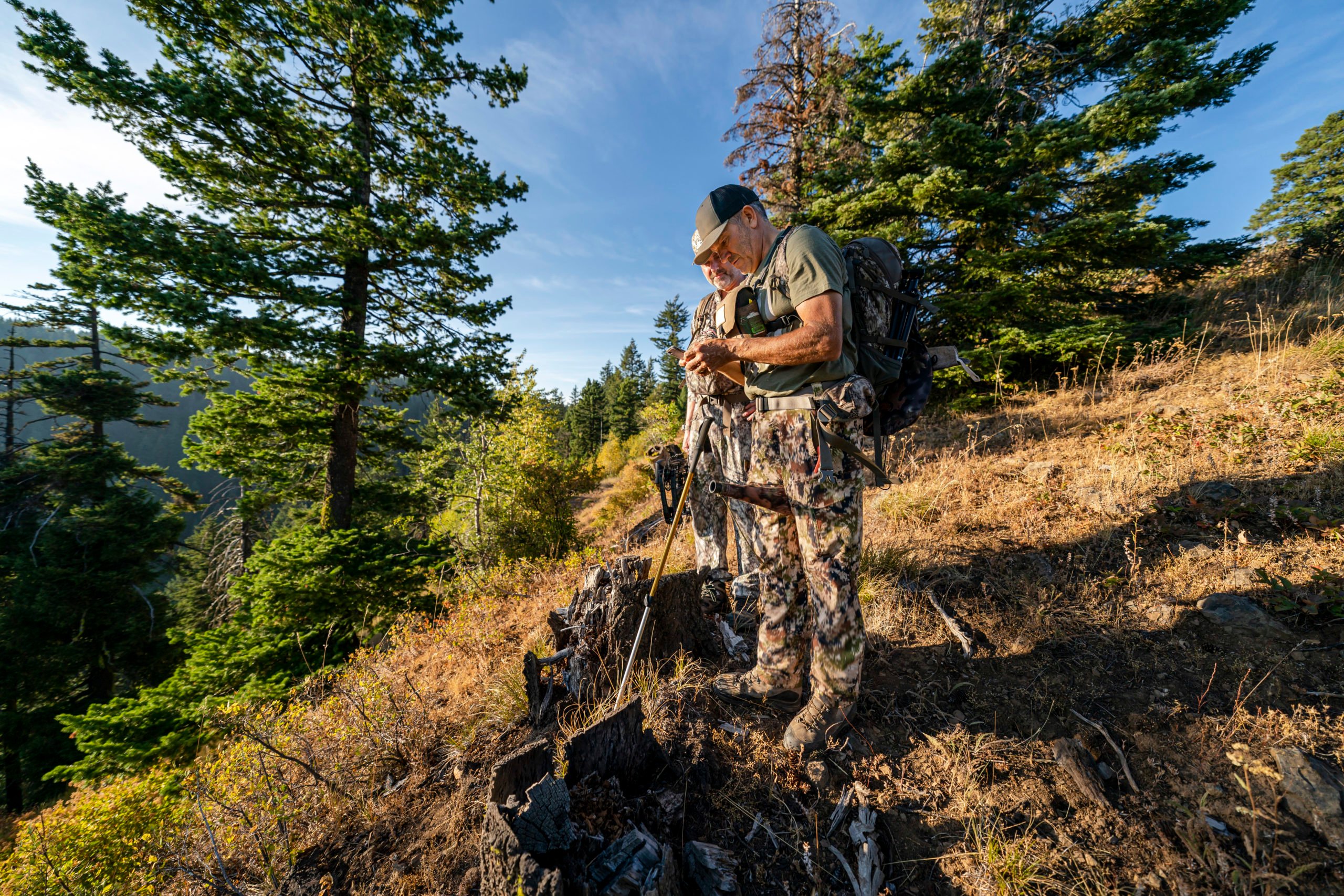
Some public lands are quite accessible and quite popular. For those areas that have a unique size and many users, it shouldn’t be that difficult to find a chat room or a website to share ideas and scouting reports. In fact, starting one of these sites can garner more interest in a good public use area which will help create a valuable care and share attitude for all who hunt there.
Get Involved
This is simply to say that your state and local wildlife management teams have volunteer efforts to clean up, improve, and basically watch over lands that we all use. As hunters we need to remember that these are public lands and they do not just provide recreational opportunities to hunters. State and federal lands are natural resources to be used by everyone and anyone in the general public.
Having an educated non-hunting community can help us all to keep the lines of communication open about upcoming changes on the land that can affect not just the hunting public, but all users of our shared state lands. Consider joining one of the local non-profit organizations like Pheasants Forever or Ducks Unlimited that work with local governments and federal organizations like the U.S. Forest Service or U.S. Fish and Wildlife on habitat restoration and land use plans.
Take Future Generations
Proper management of our natural resources starts with our young people. Teaching youth hunters about wildlife habitat and the stewardship of it matters. It doesn’t matter if it is public land or property owned by private landowners. Proper use of the land goes a long way towards preserving the wild qualities we love about it for future generations because we are all stakeholders in one way or another.
Young hunters and anglers need to have a place to start and have success doing it. We’re fortunate enough to have as many acres of public lands as we do here in the states. It’s up to the rest of us to leave these areas better than we found them.
Products featured on Wide Open Spaces are independently selected by our editors. However, when you buy something through our links, we may earn a commission.
Please check out my book “The Hunter’s Way” from HarperCollins. Be sure to follow my webpage, or on Facebook and YouTube. Go to Rack Hub and use the coupon code Craiger for a new way to display those antler sheds!
NEXT: KING RANCH WHITETAIL HUNT: HOW MUCH DOES IT COST TO HUNT THE FLAGSHIP TEXAS RANCH?
WATCH
The post 5 Ways to Leave a Public Hunting Area Better Than You Found It appeared first on Wide Open Spaces.












